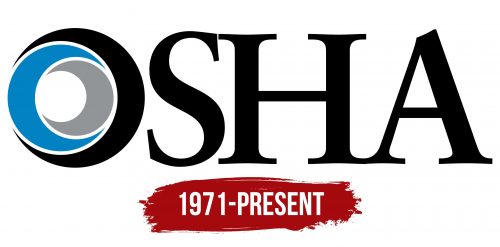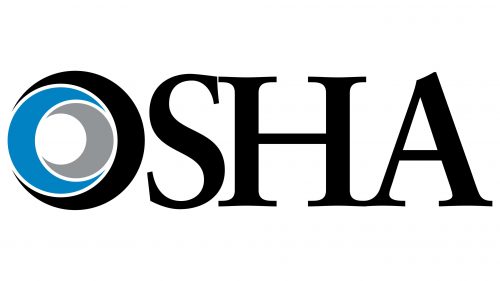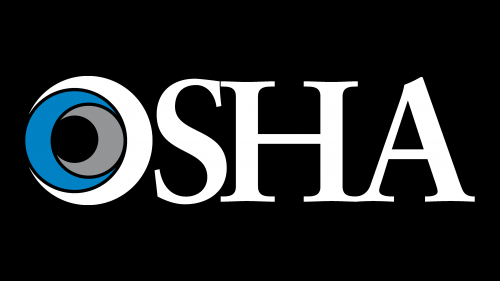The OSHA logo is about safety and the unerring observance of rules and requirements. The emblem conveys a theme of protection and maximum care. The work of the organization implies collaborative effort from all participants in labor relations.
OSHA: Brand overview
In 1970, the United States established OSHA (Occupational Safety and Health Administration) with the goal of creating and maintaining safety and health standards in workplaces, according to the Occupational Safety and Health Act. This step was revolutionary, as there were no unified federal standards for occupational safety before this point.
Over the subsequent 50 years, OSHA has played a crucial role in reducing the level of injuries and fatalities in the workplace. It has set strict standards and regulations across various industries, conducting regular inspections to ensure compliance.
Today, OSHA remains a key authority in occupational safety, regulating working conditions at over 100 million job sites across the USA and continuing to ensure the safety and health of workers.
Meaning and History
OSHA is the successor to The Bureau of Labor Standards, existing since 1922. The organization’s logo reflects its primary mission and tasks. The sign is simultaneously simple and gives a sense of protection, sincere attention, and the supremacy of law.
What is OSHA?
Occupational Safety and Health Administration, part of the United States Department of Labor, was established in 1971. The main goal of the organization is to ensure safety in the workplace. It develops and introduces standards, including a system of warning signs and marking hazardous substances. It conducts inspections. Oversees OSPP – collaborative work between representatives of employers and employees on working conditions.
1971 – today
The emblem of the ministry is an acronym that stands for Occupational Safety and Health Administration. The main feature of the inscription is an unusual capital letter O. The symbol consists of three semicircles that intertwine into a whole as if embracing each other.
This design conveys the theme of safety. Maximum protection is provided by:
- Developing standards;
- Education and training;
- Control and inspections.
Number 3 signifies the joint effort of OSHA, employers, and workers in improving working conditions. The aspiration to reduce injuries without compromising productivity unites all participants in the process. To implement this idea, the Strategic Partnership Program (OSPP) was launched, which received a separate logo and plan.
The triple semicircle focuses attention on the central hole in the O to convey hitting the target directly: accurate definitions, correct decisions, and gold standards. The organization develops optimal requirements that guarantee worker safety.
The number three also indicates that OSHA’s decrees apply to federal agencies and private and public employers.
Font and Colors
The color palette of the emblem is quite restrained, as befits a government body.
Black – the basis of the logo. The color conveys the importance and inevitability of the rules developed by OSHA. It suggests that the work of the institution is based on The Occupational Safety and Health Act. Non-compliance with requirements implies serious fines for employers.
Blue is the color of technical documentation and, at the same time, dreams. With its decisions, OSHA helps to bring society closer to where it’s comfortable for all participants to live and work.
Grey – the inconspicuous work in offices, paperwork, administration, and correspondence distribution.
The distribution of shades in the sign is interesting. The predominance of black in the logo symbolizes the supremacy of the law. Minimal attention is given to clerical work and bureaucracy.
The three colors also represent three important parameters that the organization needs to control:
- Black – pollution, level of hazardous substances.
- Blue – air and water purity.
- Grey – noise level.
The placement of shades behind each other shows the process of purification and filtration, where black is a highly polluted object, blue is the filter, light grey is the object with an acceptable level of pollution, and white is a completely clean space. The movement towards the goal is the path from pollution to complete purity.
The capital letters with serifs belong to Sabon Pro Bold.







